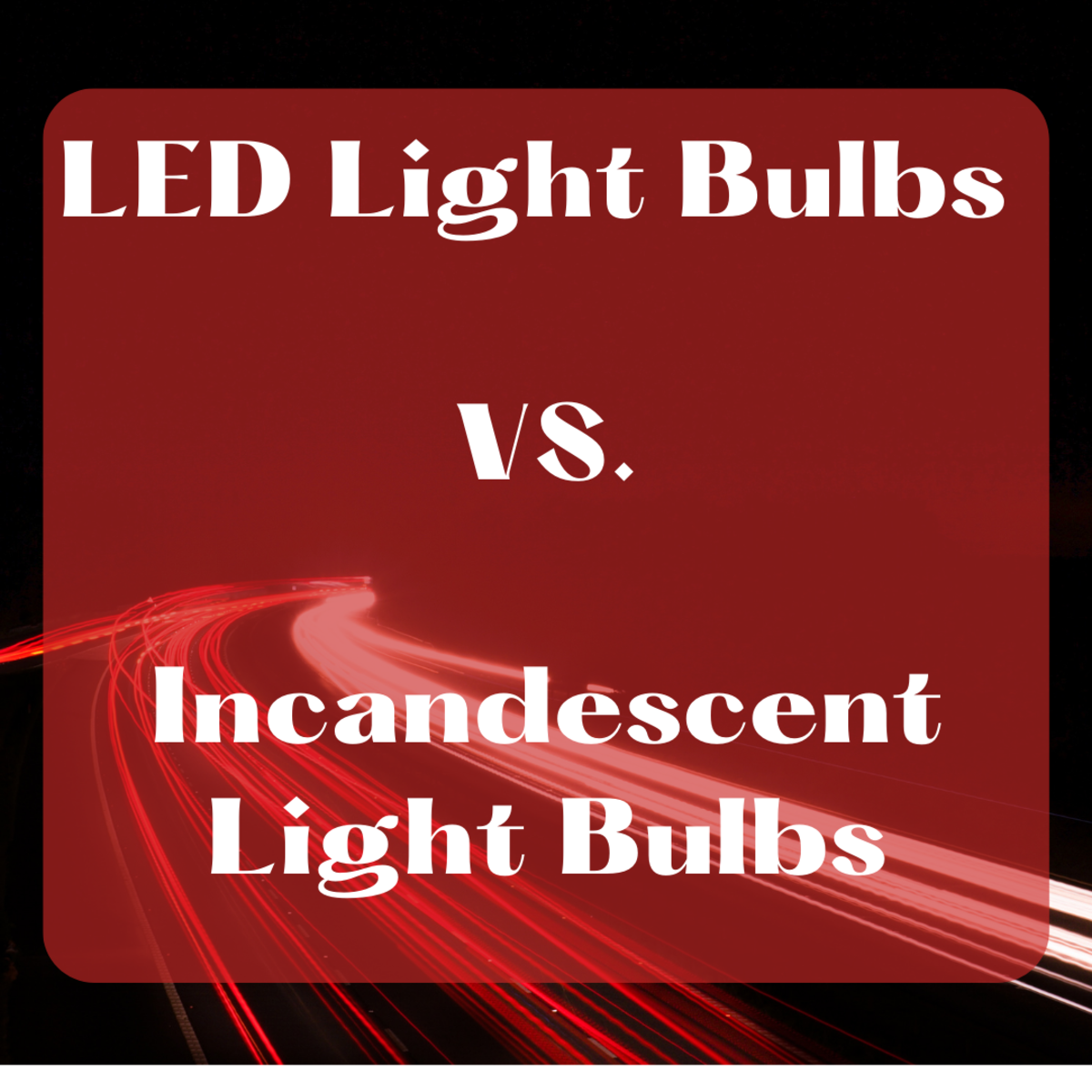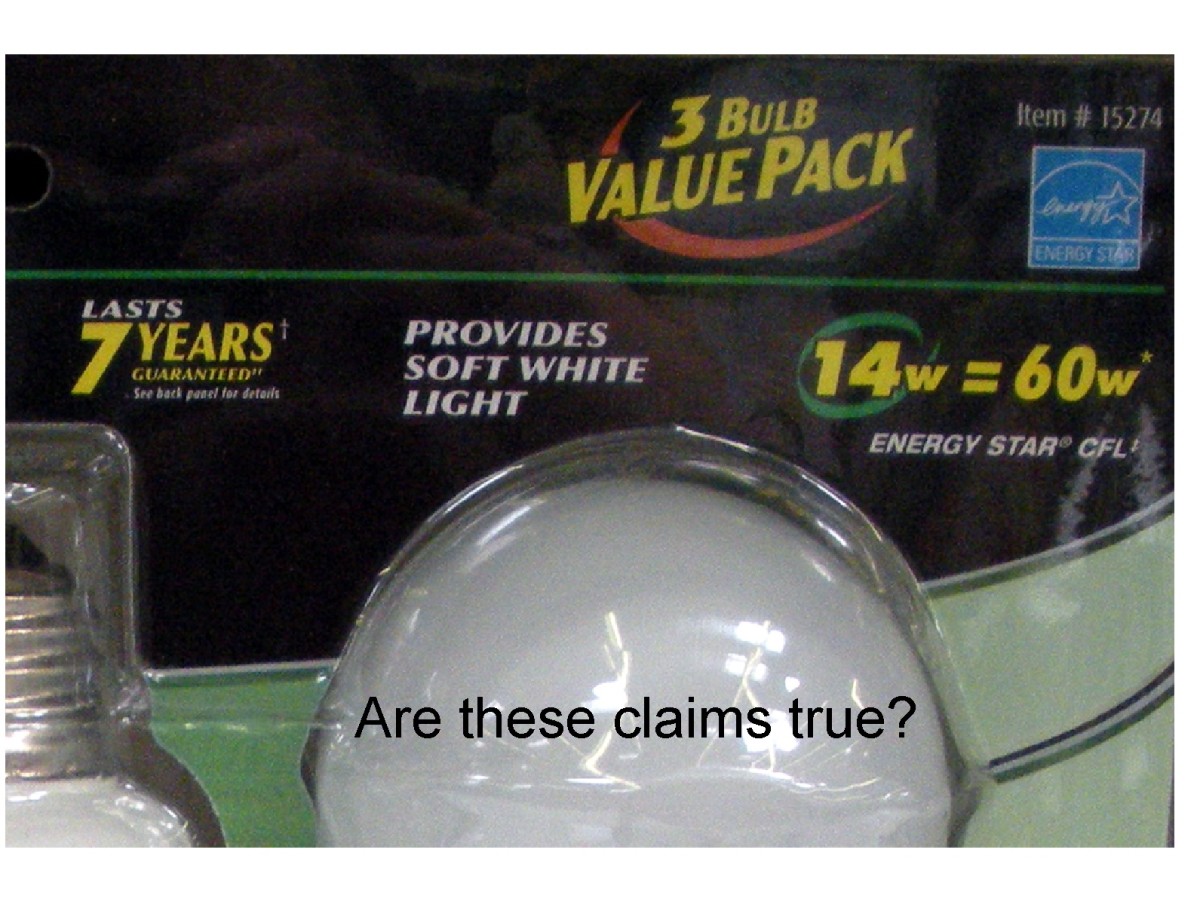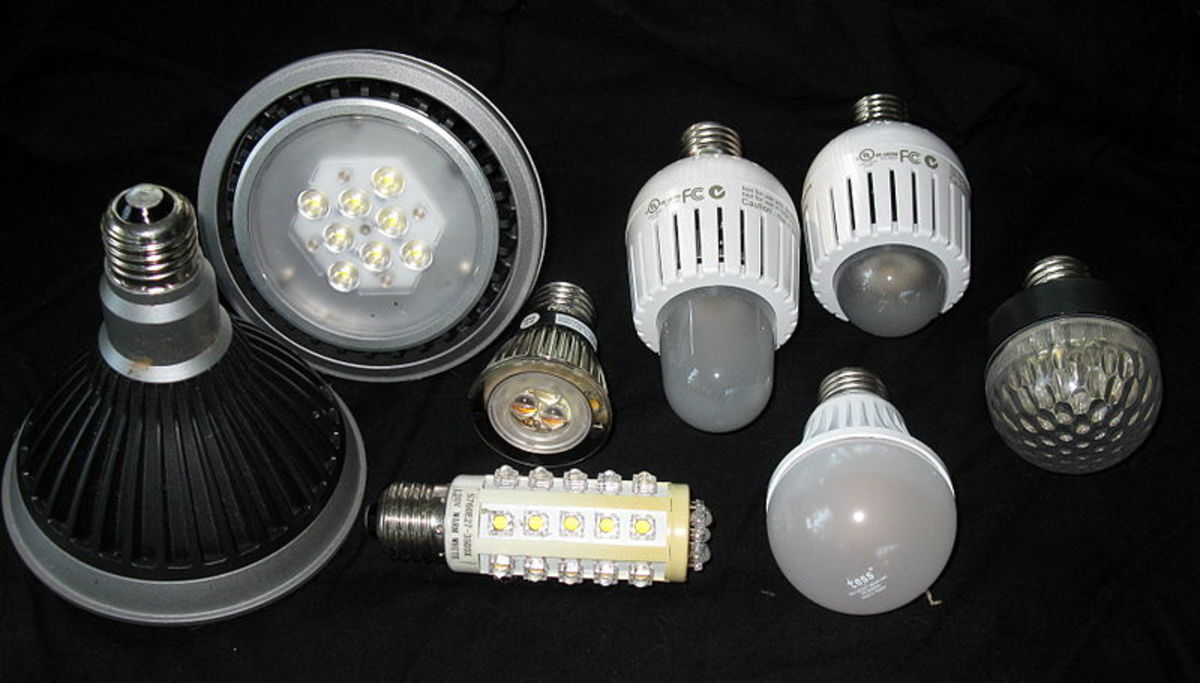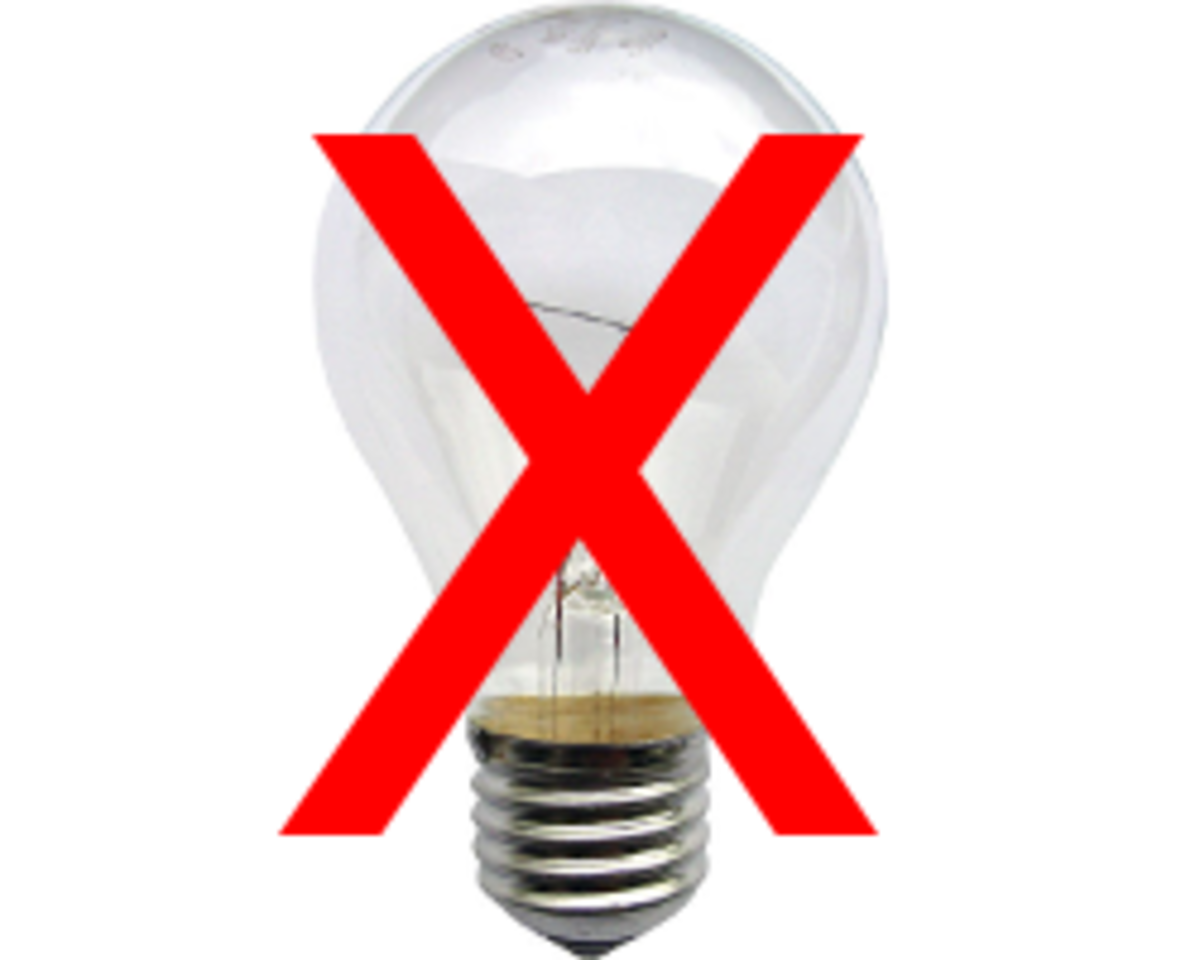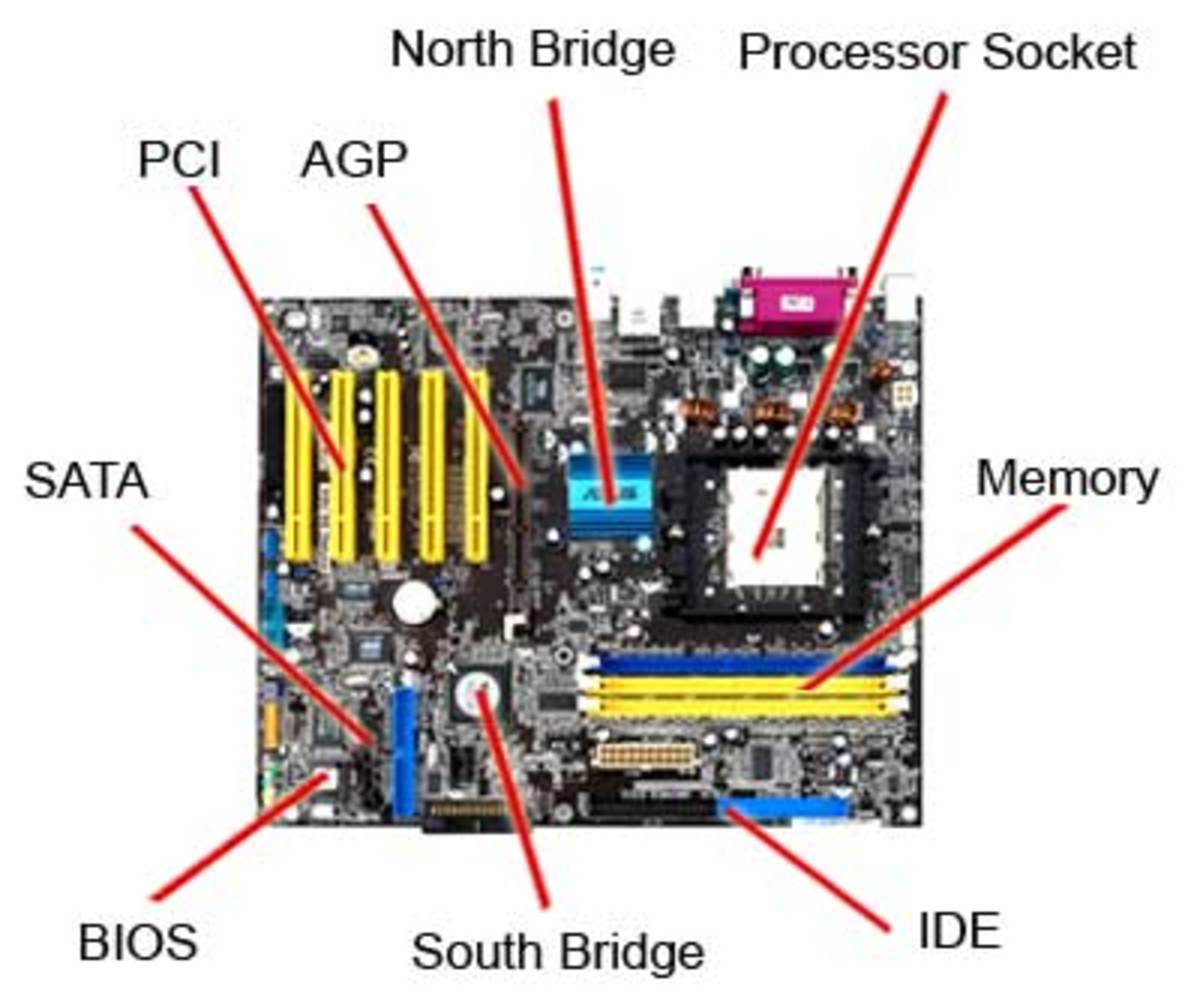Incandescent Light Bulb Ban!
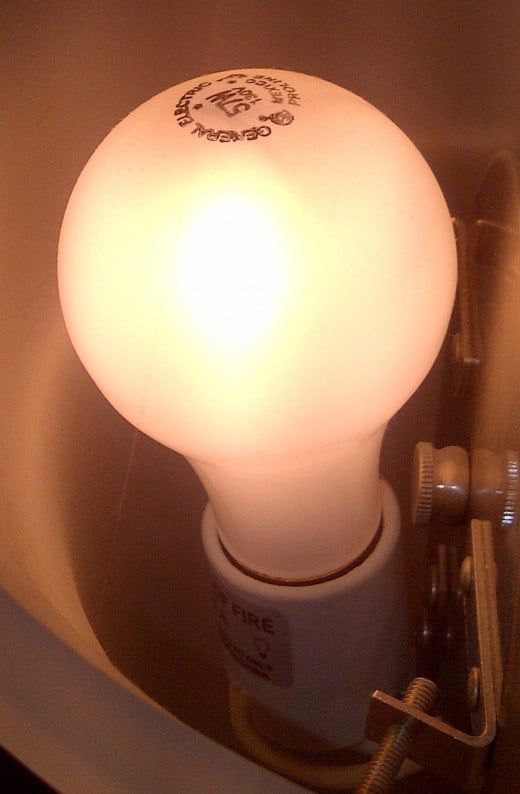
Incandescent Light Bulb Ban
The phase out of incandescent light bulbs in the United States began in 2012. Since incandescent light bulbs are the most common type of light bulb with about 3 billion in use in the United States alone, this raises several questions:
- Does this mean I can no longer buy incandescent light bulbs?
- Don't compact fluorescent bulbs cost a lot more than incandescent bulbs?
- What about heat lamps?
- What about small light bulbs for Christmas decoration lighting?
It's Not a Ban on Incandescent Light Bulbs Yet...
The phase out of incandescent light bulbs was brought into law in 2007 by the ENERGY INDEPENDENCE AND SECURITY ACT OF 2007 (EISA). This law places limits on only incandescent light bulbs between 40W to 100W. These are the type of light bulbs commonly used for lighting. Since incandescent light bulbs convert less than 10% of the input energy into light, this was seen as a significant opportunity to improve energy efficiency in the United States.
Incandescent light bulbs may continue to be manufactured and sold, however they must meet efficiency standards that will be phased in over time.
New Standard for Lighting Efficiency
Current Light Bulb Size
| New Standard
| Effective Date
|
|---|---|---|
100 W
| 72 W
| January 1, 2012
|
75 W
| 53 W
| January 1, 2013
|
60 W
| 43 W
| January 1, 2014
|
40 W
| 29 W
| January 1, 2014
|
Further details on the new lighting efficiency standards are available from the U. S. Environmental Protection Agency.
Same Light, Less Power
The lighting efficiency standard measures light bulbs in terms of light produced rather than energy consumed. For example, an old fashioned incandescent consumed 100 Watts of electricity and produced about 1700 lumens of light. The new standard requires light bulbs to produce an equivalent amount of light, but to consume at least 27% less electricity.
Incandescent bulbs that meet the new standards can continue to be manufactured and used. For example, halogen incandescent bulbs are more efficient than the old fashioned incandescent bulbs and can be used if they meet the efficiency standard.
Heating up a filament to produce light is simply not very efficient. Much of the energy input to the light bulb is radiated by the filament as heat instead of light. Better technology is available. Compact fluorescent light bulbs are also much more energy efficient than incandescent light bulbs. Light Emitting Diode (LED) lights are also emerging as an energy efficient alternative to incandescent light bulbs.
How Much Will The Phase Out of Incandescent Light Bulbs Cost Me?
Actually, this will save most people money. Lighting cost is a large portion of the electric bill for most households- the lighting bill will be reduced by at least 27% as more efficient light bulbs are adopted. Compact fluorescent bulbs use about 5x less electricity than incandescent light bulbs, so even larger energy savings are possible.
Alternative light bulbs do have a higher initial cost, but the energy cost is much lower, and the bulb life is much longer for both compact fluorescent and LED lighting. Overall, adopting more energy efficient lighting will result in cost savings.
More good news- you'll still be able to get small incandescent light bulbs for vehicles light bulb replacement and holiday decorations. Your heat lamp bulbs are also safe. These are not regulated by the new lighting standard.
2014 Update- 60W and 40W Light Bulbs Impacted
The latest parts of the standard that went into effect on January 1, 2014 impact 60W and 40W light bulbs. Technology for replacement light bulbs has advanced since the lighting efficiency went into effect:
LED Light Bulbs: LED light bulbs have become much less expensive and produce omnidirectional lighting. Early LED light bulbs were very expensive and produced mainly lighting focused in a particular direction. LED light bulbs available now cost under $10, last up to 20 years, and produce light similar to an incandescent light bulb.
Halogen Incandescent: More efficient incandescent bulbs that use halogen are also available that meet the energy efficiency standards.
Compact Fluorescent: Compact fluorescent bulbs have improved in performance and have reduced in price. Newer compact fluorescent bulbs turn on faster, produce more light, and contain less mercury than older versions.
Incandescent Ban in 2020?
In 2020, the second part of the lighting efficiency standard goes into effect. This requires that most light bulbs be 60-70% more efficient than standard incandescent light bulbs of today. This may be the end of incandescent light bulbs for general lighting, since only compact fluorescent or LED lighting is likely to meet this efficiency standard.
Between now and 2020, lighting technology is sure to improve, and additional options are likely to emerge. I imagine that someday people will be shocked that it once required 100 W of energy to light a single light bulb.
Update: LED's Are Awesome
At the time I originally wrote this, almost all of my lightbulbs were incandescent. I was concerned about having to pay a lot more for lightbulbs were phased out. But the price of LED bulbs has steadily declined, and they use MUCH less electricity than incandescents- about 10x less.
I realized that not only were LED bulbs the way of the future, but they are the best deal right now. As my incandescent lightbulbs burned out, I replaced them with LED's. I upgraded my recessed lighting to replace the hot, inefficient incandescent floodlights with permanent LED fixtures.
Now, I pay almost nothing to light my house and I have lightbulbs that could last few decades. I don't even miss the "bad old days" when I had incandescent bulbs!
© 2013 Dr Penny Pincher

